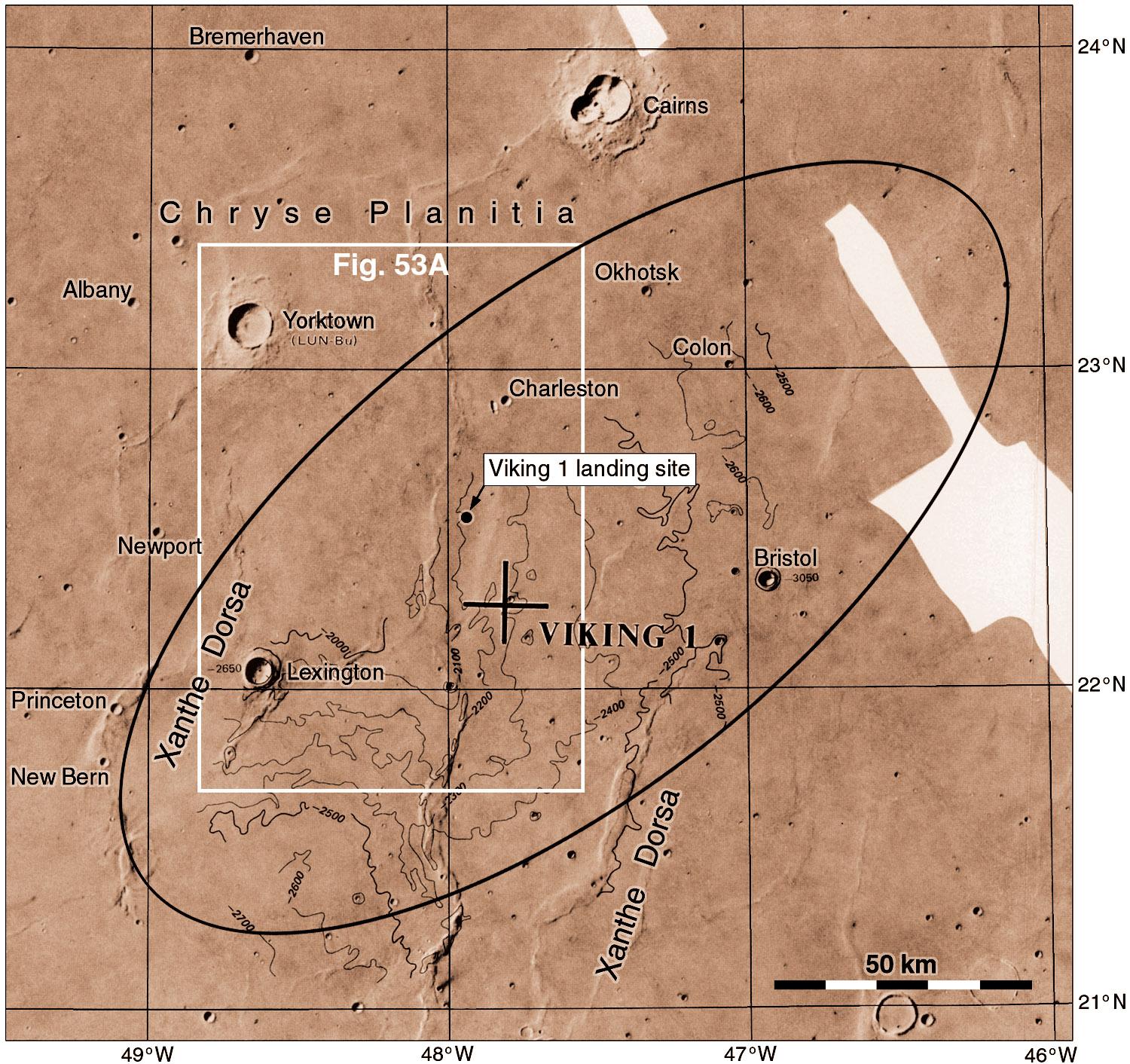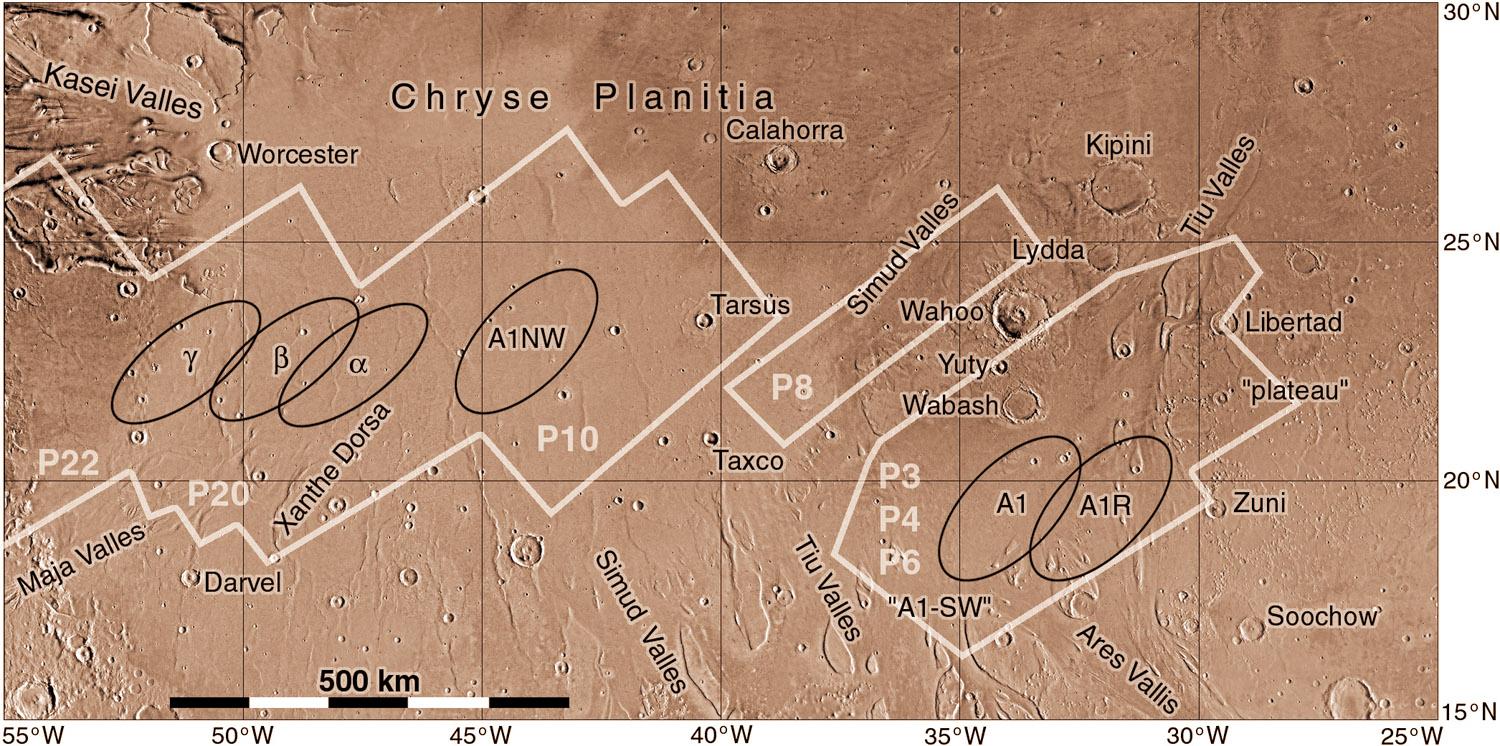Time for a new thread. I have been wanting to look at something very different which would not normally be associated with me... but it will take some setting up, so it will come later. For now, I want to look at the amazing Viking Lander missions. After Apollo, Viking was the next giant leap. Flyby and orbiter missions are fine but a landing on another world is something special, and I still take joy in seeing a new landscape for the first time. So here we go...
#mars #viking
We are pretty good at landing on Mars now, but there was no guarantee that Viking 1 would be lucky. Carl Sagan said (as the spacecraft was approaching Mars) "We are fantastically ignorant of factors that could be fatal to a successful landing." Even with the Viking Orbiter images this was true. At 40 m/pixel not a single boulder could be seen in any image. And yet... they succeeded. Tim Mutch (Brown University) was the leader of the imaging team...
#mars #viking
This is the final ellipse plotted on a USGS map. The large cross shows the post-mission estimate of the landing location. The actual site was found later (by Tim Parker of JPL) in better Viking images late in the mission, then seen clearly in HiRISE images. I was looking too, following advice from Merton Davies of RAND, but he and I were both wrong. Now it's time to get down on the ground.
#mars #viking
The Viking 1 orbiter was put to work imaging across Chryse looking for a smoother site. Earth-based radar suggested smoother surfaces to the northwest. This map shows imaged areas (white outlines, labelled with the orbit number, P = periapsis) and some candidate ellipses. Eventually the Beta ellipse was chosen for Viking 1. This comes from the minutes of the site selection group meetings.
#mars #viking

